Overview
Chinese Name: 井冈山风景区
English Name: Jinggangshan Scenic Area, Jinggangshan Fengjing Qu
Location: Ji’an City, Jiangxi Province
Type: Natural and human landscape
Rating Level: AAAAA (5A)
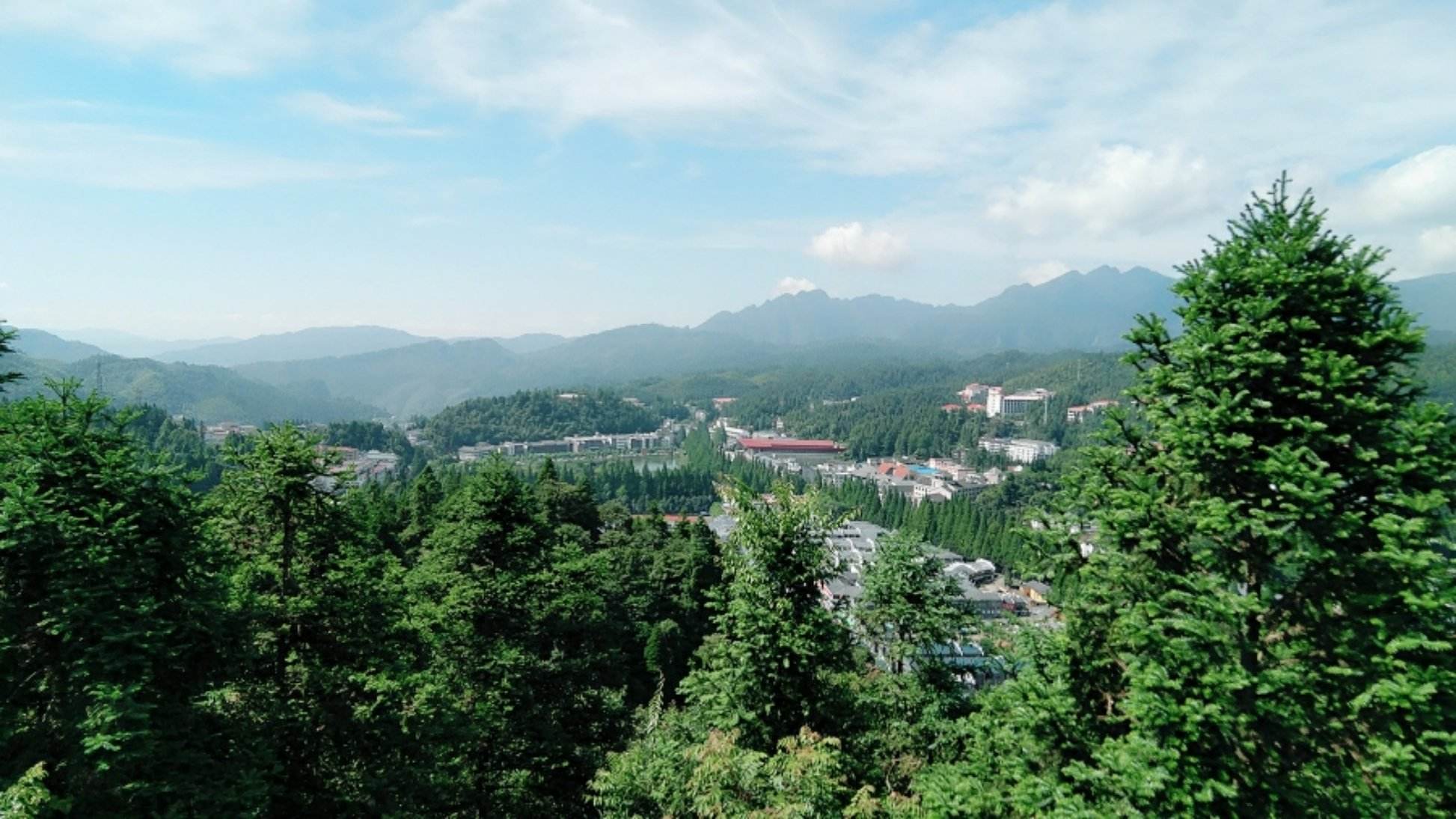
Brief Introduction
Located at the boundary of Hunan and Jiangxi provinces, Jinggangshan井冈山 is known as “the Red Cradle of the Chinese Revolution” owing to its glorious revolutionary history. The highest point of the Jinggangshan Scenic Area is 1779.4 meters above sea level. There are 11 scenic spots, 76 scenic spots, more than 460 landscapes.
In 1981, an area of 16.6 km2 was designated a Natural Protection Area. The next year the mountains were listed as a National Priority Scenic Area. The scenic area was classified as an AAAAA scenic area by the China National Tourism Administration.
In recent years the Jinggangshan Scenic Area has become an attraction for domestic tourists interested in revolutionary history.
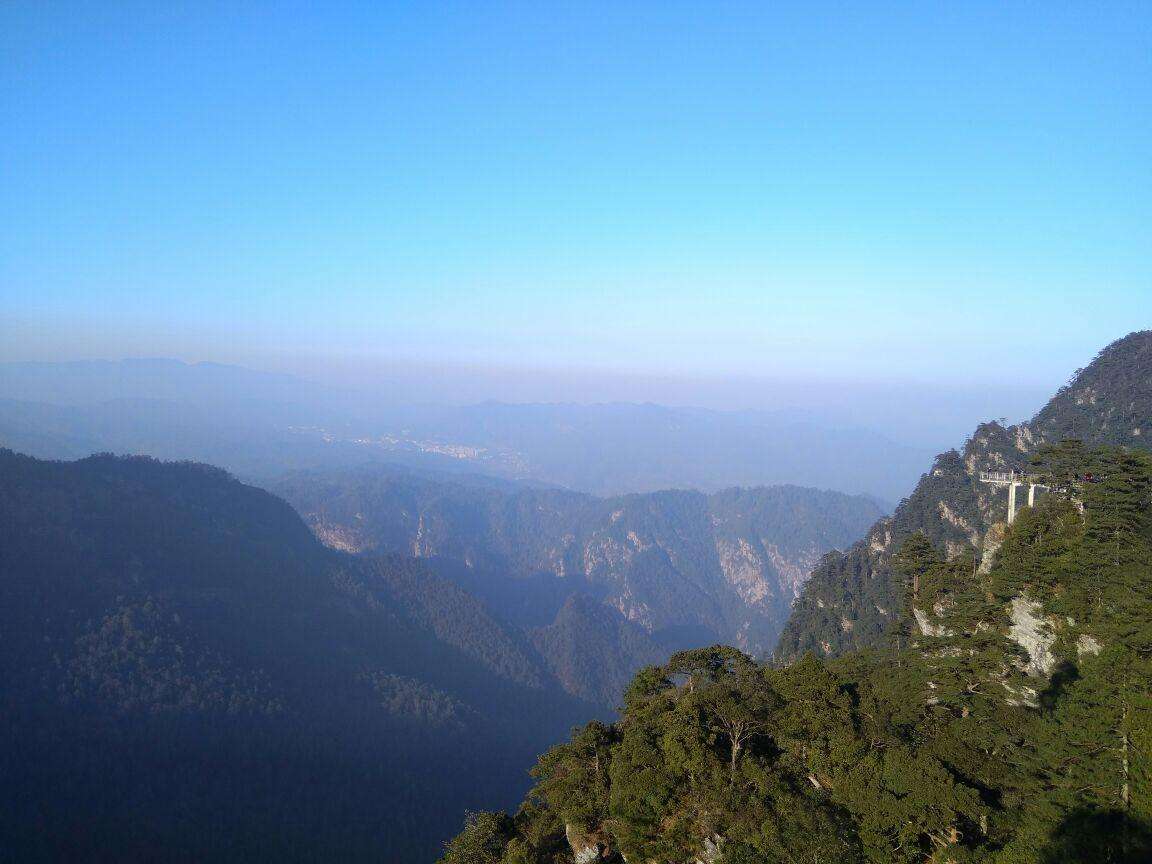
In October 1927, the Autumn Harvest Uprising troops led by Mao Zedong marched to Jinggangshan and set up the first revolutionary base there. In late April 1928, the remainder of the army led by Zhu De and Chen Yi joined Mao in Jinggangshan and created the fourth Red Army.

The revolutionaries of the older generation, including Mao Zedong and Zhu De, who headed the Chinese Workers’ and Peasants’ Red Army here, carried out an arduous struggle, ignited the spark of the Chinese revolution, and opened up a strategy of “Besiege city, armed forces seize power” featuring with Chinese characteristic, which led the Chinese revolution to victory from here.
Jinggangshan Scenic Area possesses more than 100 old revolutionary sites, making it a “wall-less museum of revolutionary history”, which is an essential base for education of patriotism and revolutionary tradition.
What is worth to visit and see?
Main attractions
Jinggangshan Scenic Area has become one of the most popular places for patriotic education with the growing popularity of “red tourism,” which refers to visits to areas related to China’s “red” revolution from 1921, when the Communist Party of China was established, to 1949, when New China was founded.
Tourists who flock to Jinggangshan, in search of spiritual enlightenment from late revolutionary leaders often get relaxed and inspired.
Five Finger Peak 五指峰is located six kilometers in the southwest of Ciping District茨坪, because the peaks look like the five fingers of the human hand, 1,438 meters above sea level. Five Finger Peak extends from southeast to northwest, stretching tens of kilometers, uninhabited, people can only stand on the other shore to view, which has been listed as a nature reserve.
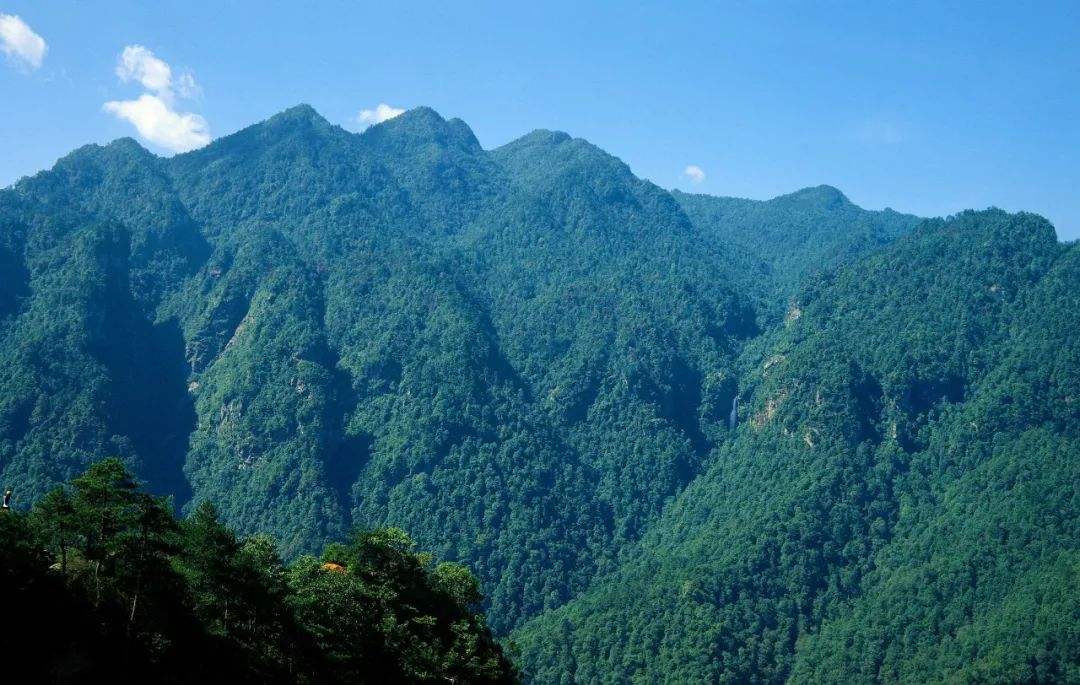
Jinggangshan Revolutionary Martyrs Cemetery井冈山革命烈士陵园 is the main revolutionary cultural landscape newly created in the central scenic area of Ciping District. It is located on the Northern edge of The Beiyan Peak北岩峰. The cemetery was built in 1987 and opened to the public in October 1987.
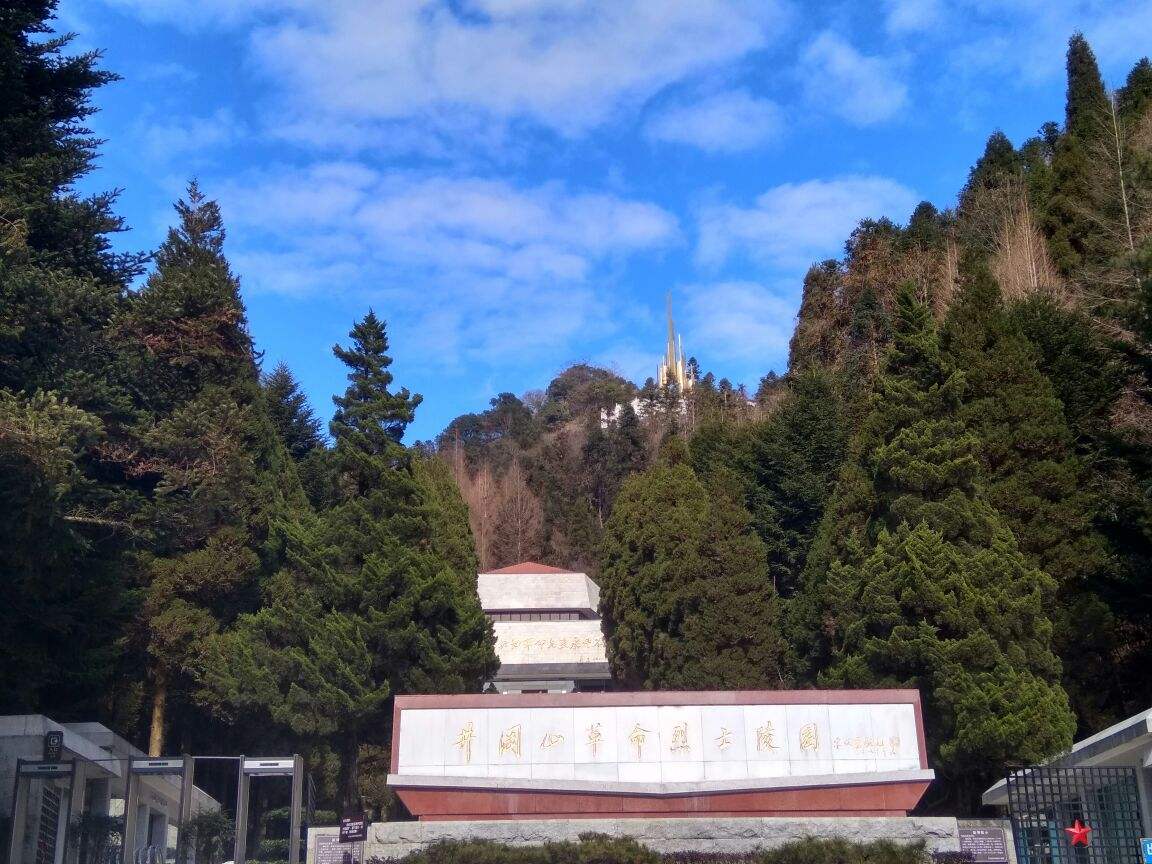
Jinggangshan Revolutionary Museum井冈山革命博物馆 is the first local revolutionary history museum in China, mainly responsible for the exhibition and exhibition of the history of the Revolutionary struggle in Jinggangshan, the propaganda of the spirit of Jinggangshan, and the management and protection of the Jinggangshan revolutionary memorial site.
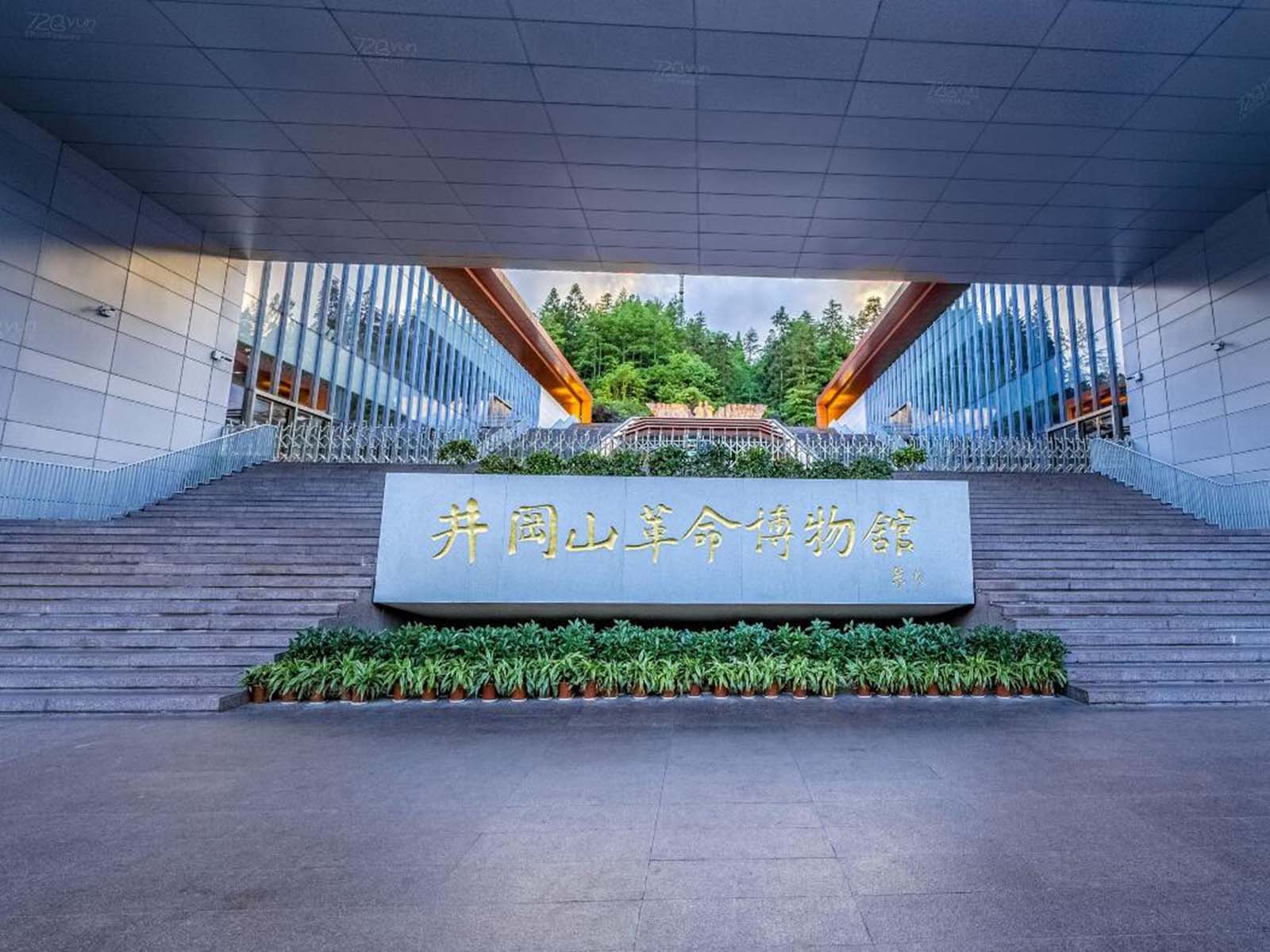
Ciping District茨坪 was the center of the revolutionary struggle in the Jinggangshan Scenic Area. Built revolutionary museum, martyrs memorial tower, and so on. There are roads connecting between various memorial sites and major scenic spots.
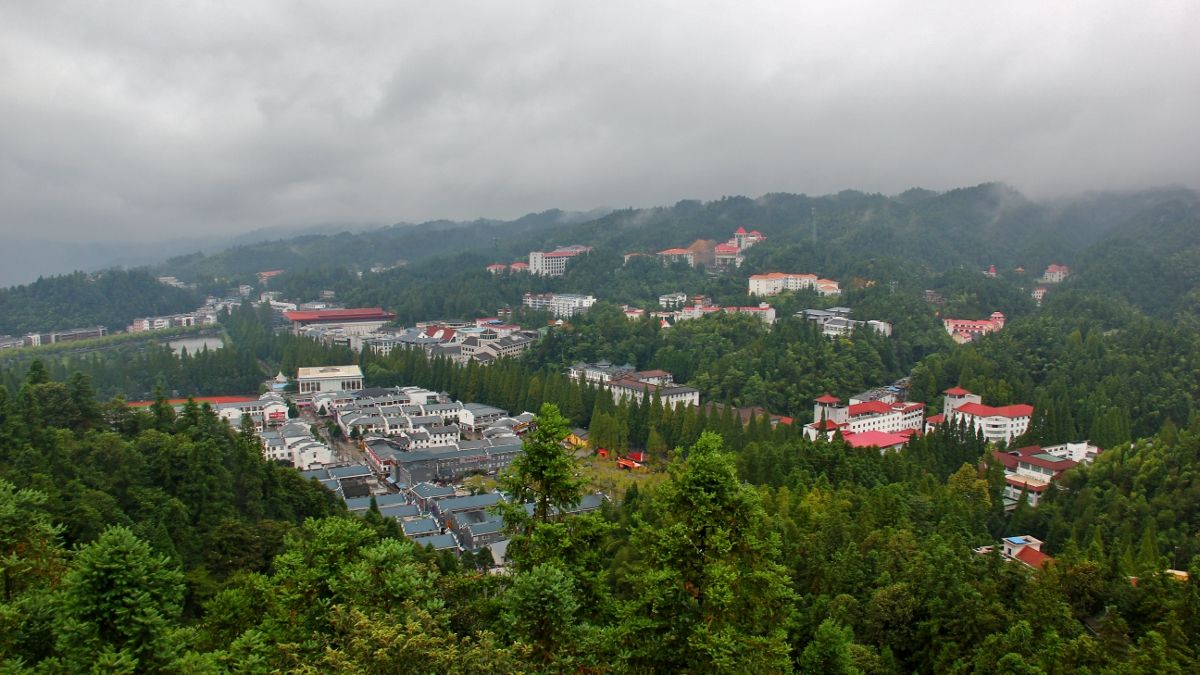
Huang Yangjie黄洋界 is 17000 meters to the northwest of CiPing town in Jinggangshan and is one of the most famous sentries. It boasts the reputation that “If one man guards the pass, ten thousand are unable to get through”. Majestic and steep hills are crowding around, and thousands of peaks are vying with their risk.
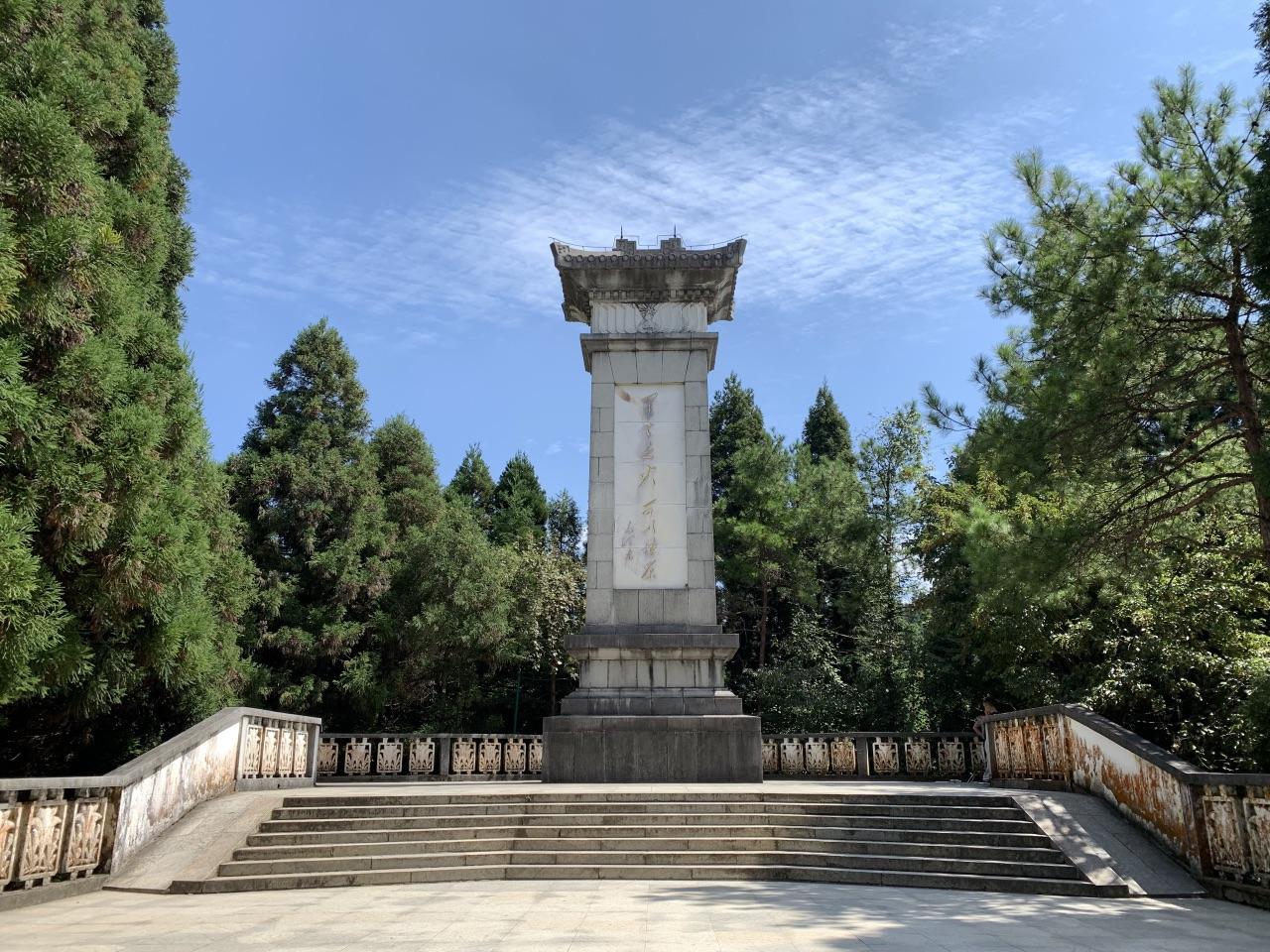
Dujuan Mountain杜鹃山is 35 kilometers from the southwest of Ciping District, 1357 meters above sea level. It mainly consists of the middle peak (Yangmei Peak扬眉峰), west peak (Wangzhi Peak望指峰), east peak (Guandao Peak观岛峰) three peaks. From a distance, it looks like an ancient penholder, hence the name penholder Mountain笔架山.
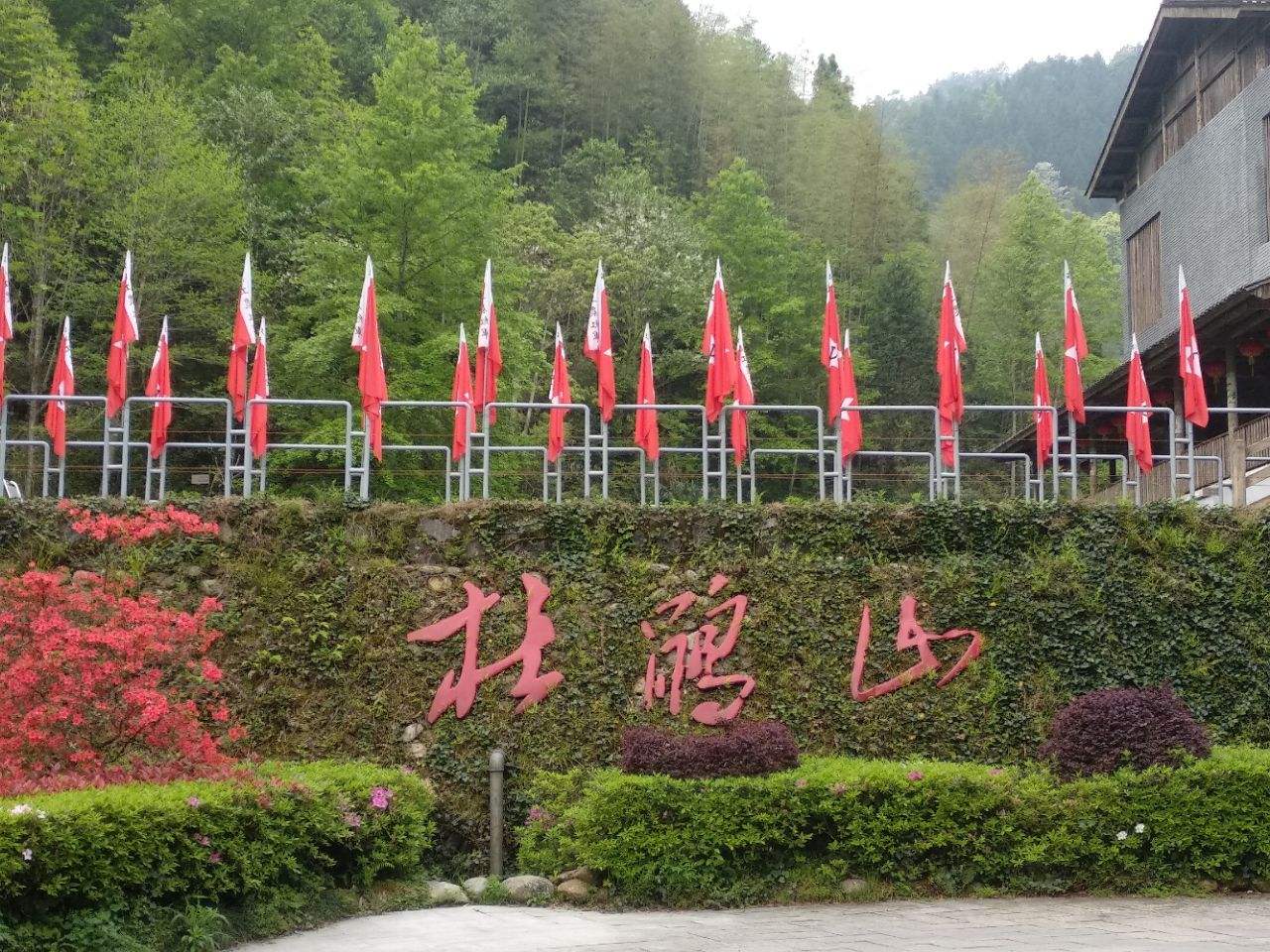
Along with Mao Zedong‘s hometown, Shaoshan, the Jinggangshan Scenic Area is one of the most important sites of the Communist Revolution. It was celebrated on posters, songs, and operas.